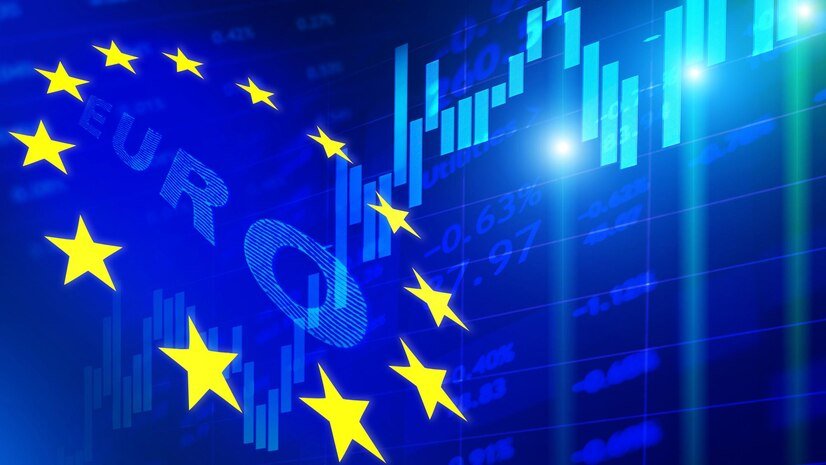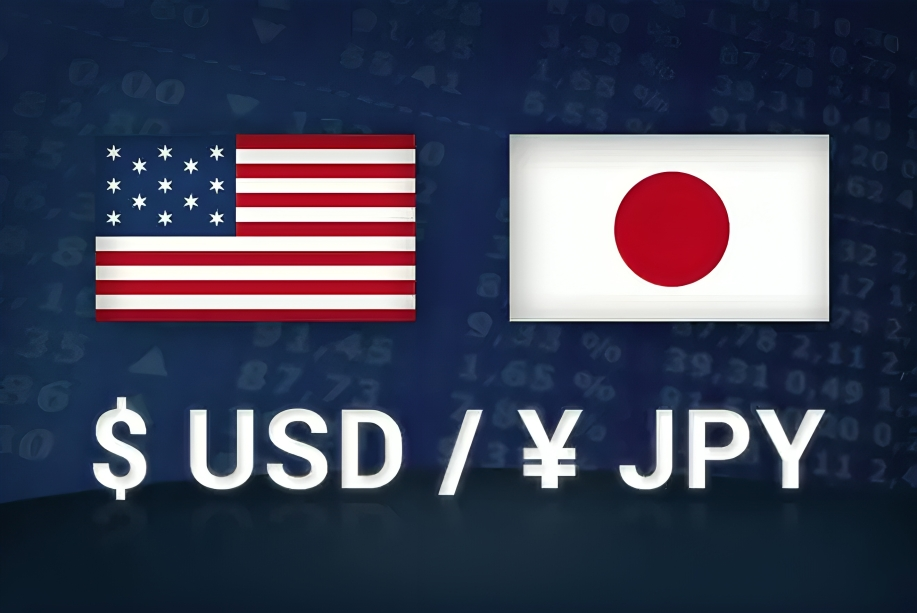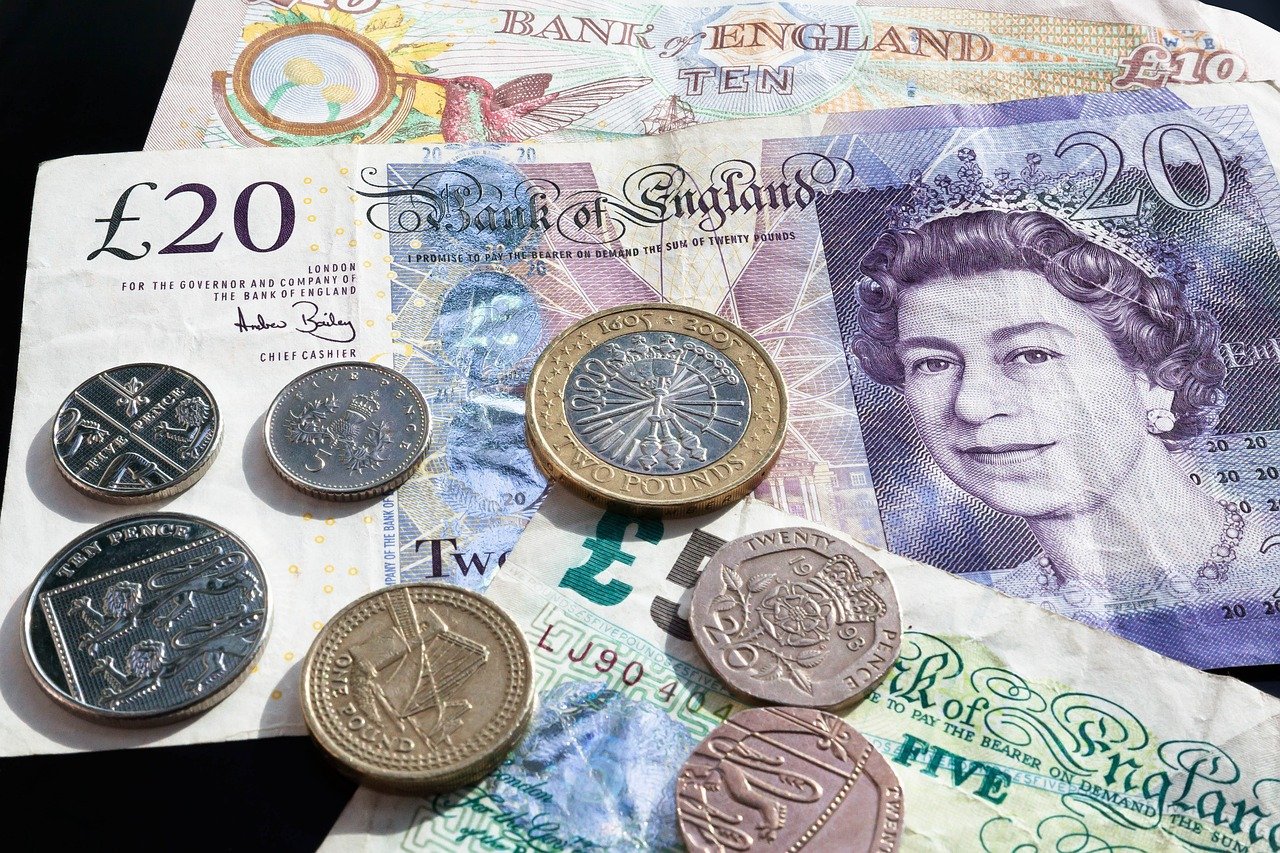EURUSD Surges as US Dollar Weakens Ahead of Election Day and Fed Meeting
The EUR/USD pair has surged in the early European trading session on Monday, nearing the critical 1.0900 mark as the US Dollar faces a wave of selling pressure. With uncertainties surrounding the upcoming US presidential election and the Federal Reserve’s (Fed) policy meeting, traders are repositioning, favoring the Euro amid the anticipated volatility. Recent polls hint at a slight lead for Vice President Kamala Harris over former President Donald Trump, adding further complexity to the trading landscape. Additionally, market expectations for the Fed to enact a rate cut later in the week contribute to the Dollar’s bearish tone.
Election Uncertainty Drives EUR/USD Strength
Polls Indicate Narrow Lead for Harris
According to the latest Des Moines Register/Mediacom Iowa Poll, Vice President Harris holds a narrow three-point advantage over Trump in Iowa, a state previously dominated by Trump in 2016 and 2020. This swing in voter sentiment has intensified the uncertainty surrounding the election outcome, affecting the financial markets. A potential Harris victory is perceived as a continuation of the current administration’s policies, which some traders view as beneficial for risk-sensitive assets, including the Euro.
Market Reactions to Potential Election Outcomes
For traders, a Trump victory is associated with policies that could strengthen the US Dollar, such as potential tariffs on imports and tax cuts aimed at stimulating the domestic economy. Such measures might elevate inflationary pressures, potentially prompting the Fed to adopt a more restrictive stance. Conversely, a Harris administration is expected to maintain a balanced approach to fiscal and trade policies, leading to a more stable outlook for the Euro relative to the Dollar.
EUR/USD Daily Price Chart

Source: TradingView, prepared by Richard Miles
Anticipation Builds for Federal Reserve Rate Cut
Fed’s Interest Rate Decision Looms Large
Scheduled for Thursday, the Fed’s rate announcement has sparked significant interest, with markets currently pricing in a likely 25 basis points (bps) reduction. This rate cut would adjust the target borrowing rate to a range of 4.50%-4.75%, aligning with the Fed’s ongoing strategy to support economic stability amid geopolitical uncertainties. The Fed had previously enacted a more substantial 50 bps cut in September, yet with inflationary pressures slightly easing, the market consensus leans toward a more measured reduction.
Impact of Rate Cut Expectations on EUR/USD
The anticipated rate cut has weighed on the Dollar, as lower interest rates reduce the relative attractiveness of holding Dollar-denominated assets. In contrast, the Euro has gained momentum, supported by the positive economic data emerging from the Eurozone. As investors position themselves in anticipation of the Fed’s next moves, the EUR/USD pair may continue to test and potentially break through key resistance levels, particularly if the Fed’s guidance suggests further rate cuts in December.
Eurozone Economic Indicators Boost EUR/USD
Eurozone GDP and Inflation Data Show Resilience
Recent data from Eurostat reveals that the Eurozone economy outperformed expectations in the third quarter, a development that has decreased the likelihood of a significant interest rate cut by the European Central Bank (ECB) in December. In addition, preliminary data shows inflation accelerating to 2% in October, a figure that may prompt the ECB to reconsider any aggressive rate cuts in the near term. This robust economic backdrop has provided additional support for the Euro, as the market views the ECB as less likely to engage in aggressive easing.
Upcoming Eurozone Data Releases
This week, market participants will focus on the final HCOB Manufacturing PMI data for October from Germany and the broader Eurozone. Also on the agenda is the November Sentix Investors Confidence survey, alongside a speech by ECB policymaker and Bundesbank President Joachim Nagel. Investors will closely watch these developments for further signals regarding the ECB’s potential policy moves.
Technical Analysis: EUR/USD Eyes Breakout Above 1.0900
Key Resistance and Support Levels
In Monday’s session, the EUR/USD pair reached a significant resistance level near 1.0900, which aligns with the 200-day Exponential Moving Average (EMA). After securing a strong base around the upward-sloping trendline at approximately 1.0750 (originating from the April 16 low near 1.0600), the Euro has maintained upward momentum.
Indicators Show Fading Bearish Momentum
The 14-day Relative Strength Index (RSI) has climbed to the 50 level, indicating a reduction in bearish momentum. Should the Euro succeed in breaching the 200-day EMA around 1.0900, it may target the September 11 low of 1.1000, a key level that could attract further buying interest.
Downside Risks
On the downside, immediate support is situated at the October 23 low of 1.0760, a critical threshold for Euro bulls. A break below this level could expose the EUR/USD pair to additional selling pressure, potentially revisiting lower support levels.
Market Factors Influencing EUR/USD
US Dollar Weakness Amid Rising Election Uncertainty
The US Dollar Index (DXY) has fallen below the 103.70 mark, reflecting growing concerns over the election outcome. With the potential for either candidate to secure a narrow victory, markets are bracing for post-election volatility. In response, the Euro has emerged as a favored alternative, particularly among investors seeking to hedge against Dollar weakness.
Impact of Fed Rate Expectations on Currency Markets
The expectation of a Fed rate cut, coupled with the potential for additional easing in December, has exerted downward pressure on US Treasury yields. Lower yields generally diminish the appeal of the Dollar, as investors seek higher-yielding opportunities elsewhere. In contrast, the Euro has benefited from a more stable yield environment, bolstered by stronger-than-expected economic performance within the Eurozone.
ISM Services PMI Data in Focus
On Tuesday, the US ISM Services Purchasing Managers’ Index (PMI) for October will be released, with forecasts pointing to a modest decline from September’s reading of 54.9 to 53.5. While the index remains above the 50-point threshold, indicative of expansion, a softer reading could reinforce expectations of further Fed rate cuts and weigh on the Dollar.
Daily Digest of Market Movers: EUR/USD on the Rise
Euro Strength Bolstered by Economic Data
Recent Eurozone GDP figures and inflation data have bolstered the Euro’s appeal, as markets adjust to the prospect of the ECB maintaining a relatively cautious stance on rate cuts. This favorable economic backdrop has supported the EUR/USD rally, with traders reassessing their expectations for aggressive ECB policy action in December.
Influence of ECB Policy Outlook
The ECB’s cautious stance on rate cuts, influenced by robust GDP growth and persistent inflationary pressures, has contributed to the Euro’s strength. As ECB policymakers signal a preference for gradualism, the EUR/USD pair may find additional support from market participants seeking stability amid global uncertainties.
Short-Term Focus on US Election and Fed Meeting
With the US election and Fed meeting both looming, market participants remain attentive to developments on both sides of the Atlantic. Traders anticipate significant volatility in the days ahead, with EUR/USD likely to be heavily influenced by shifts in the US political landscape and the Fed’s monetary policy guidance.
EUR/USD Poised for Continued Gains
In summary, the EUR/USD pair appears positioned for further gains, driven by a combination of Dollar weakness, robust Eurozone economic data, and investor expectations of an imminent Fed rate cut. As the pair trades near the pivotal 1.0900 level, a break above this threshold could open the door to further upside. Key risks include the outcome of the US presidential election and any surprises from the Fed meeting, both of which could alter the trajectory of the EUR/USD pair in the near term. Investors should monitor these events closely, as well as upcoming Eurozone data releases, to assess the sustainability of the current rally.







